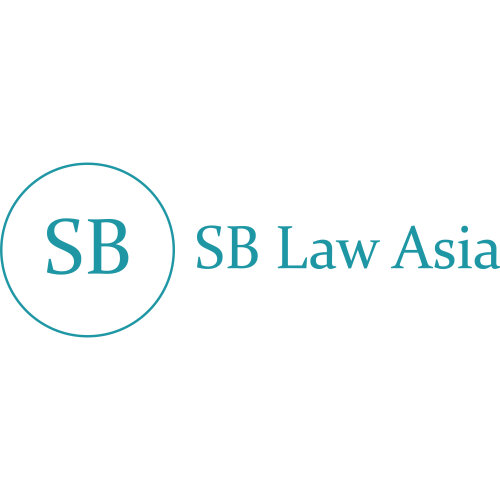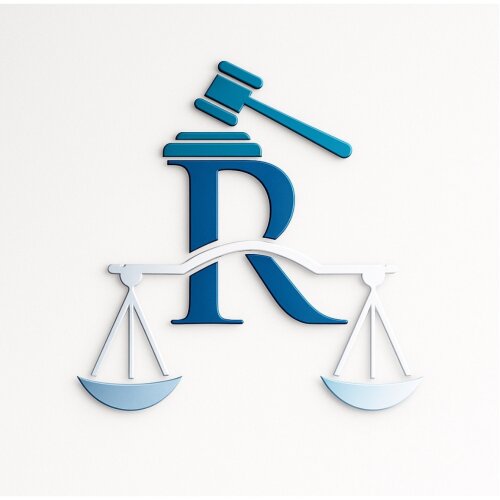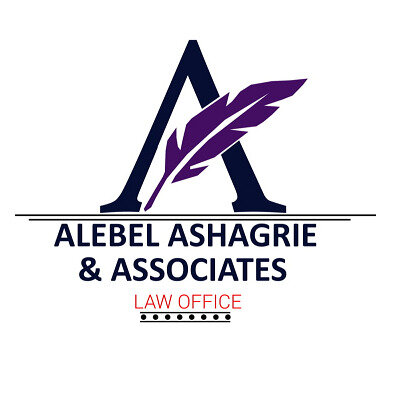Best Wrongful Termination Lawyers Near You
Share your needs with us, get contacted by law firms.
Free. Takes 2 min.
Or refine your search by selecting a city:
List of the best lawyers
Wrongful Termination Legal Questions answered by Lawyers
Browse our 2 legal questions about Wrongful Termination and read the lawyer answers, or ask your own questions for free.
- Is it legal for a company to suspend an employee during investigation of allegedly fraud case
- I was surprised by my company this morning when my Team leader present me a letter coming from the hr that I was suspended for 30 days without notice of my violation
-
Lawyer answer by NARAG LAW OFFICE
That's perfectly legal. It's called preventive suspension without pay for a maximum of 30 days.
Read full answer - Wrongfully suspended from work
- My job has me on suspension right now. And it's going on for a week. Since. I haven't heard from anyone. I work for a union company and. I'm disappointed with how they're handling my case. What advice can you give me? At this point, I'm under emotional stress and... Read more →
-
Lawyer answer by Nomos Legal Practice
Thank you and best regards, Kingsley Izimah, Esq. SK Solicitors
Read full answer
Wrongful Termination Legal Articles
Browse our 1 legal article about Wrongful Termination written by expert lawyers.
- How To Deal With Workplace Discrimination (10 Steps That You Should Take)
- Employment discrimination is a severe problem in the workplace. It can happen at any level of your organization. If you are facing discrimination at work, it's vital that you know your rights and be prepared to handle any situation that arises.What is Employment Discrimination?Employment discrimination is any action or inaction... Read more →
About Wrongful Termination Law
Wrongful termination occurs when an employer illegally ends an employee's contract of employment. Often, this involves a violation of federal or state laws protecting worker rights. Common examples of wrongful termination include firing an employee based on discrimination, retaliation for exercising legal rights (like whistleblowing), or breaching an implied contract. Understanding the exact nature of your dismissal is crucial, as laws can be complex and vary substantially by jurisdiction.
Why You May Need a Lawyer
There are several situations where legal assistance might be necessary in wrongful termination cases:
- Discrimination: If you suspect you've been fired due to race, gender, age, disability, or other protected categories.
- Retaliation: If your termination followed activities like reporting safety violations or participating in an investigation.
- Violation of Public Policy: If firing occurred because you refused to break laws or engage in unethical practices.
- Breach of Contract: If there were written, oral, or implied agreements that were violated during your termination.
In these cases, a lawyer can help evaluate the merits of your case, negotiate settlements, or represent you in court if necessary.
Local Laws Overview
The key aspects of wrongful termination laws vary by location, but common features include:
- Employment-at-will: In many states, employers can fire employees for any reason not prohibited by law. Exceptions typically involve discrimination, retaliation, or breach of contract.
- Protected Classifications: Federal laws like Title VII of the Civil Rights Act prohibit firing based on protected characteristics.
- State Protections: Some states offer enhanced worker protections, such as additional grounds for wrongful termination claims or longer statutes of limitation.
Familiarizing yourself with your state's specific regulations is integral to navigating a wrongful termination claim effectively.
Frequently Asked Questions
What constitutes wrongful termination?
Wrongful termination occurs when an employee is fired in violation of legal protections, whether by discrimination, retaliation, breach of contract, or more. Each case may have unique legal nuances.
How can I prove wrongful termination?
Proof usually involves documenting communications, collecting witness statements, and demonstrating a link between your termination and the illegal reason, such as discrimination or retaliation.
Is it possible to sue for wrongful termination?
Yes, if you have enough evidence to support the claim, you can file a lawsuit. Early legal consultation is advisable to assess the strength of your case.
How long do I have to file a wrongful termination lawsuit?
Time limits, known as statutes of limitations, differ by state and the basis for the claim. Typically, these range from several months to a few years after the termination.
What damages can I receive from a wrongful termination case?
Potential damages include lost wages, reinstatement, emotional distress, and sometimes punitive damages aimed at punishing the employer.
Can I be fired for no reason if my state has at-will employment laws?
Yes, generally, but not for illegal reasons such as discrimination or retaliation. Contracts or company policies can also modify at-will employment rules.
Does my employer need to give me a warning before terminating me?
Not necessarily. Employment terms, company policies, and specific legal obligations determine whether notice or documentation is required before firing.
Are layoffs the same as wrongful termination?
Not usually. Layoffs are typically due to business needs rather than employee faults. However, layoffs can mask wrongful termination for illegal reasons.
Can I negotiate a severance if I suspect wrongful termination?
Yes, negotiating severance can be possible, especially if there's substantial evidence suggesting wrongful termination. Legal guidance is beneficial during this process.
How does mediation work in wrongful termination cases?
Mediation involves a neutral third-party to help both parties reach a voluntary settlement. It's often quicker and less adversarial than going to court.
Additional Resources
Consider consulting these resources for further help regarding wrongful termination:
- Equal Employment Opportunity Commission (EEOC) for discrimination claims.
- US Department of Labor for understanding federal employment laws.
- Your state’s Department of Labor for local rules and procedures.
- Legal aid societies or nonprofit organizations for free legal advice.
Next Steps
If you suspect wrongful termination, here are recommended steps:
- Record Details: Keep notes on incidents and gather relevant documentation, like emails and contract copies.
- Seek Legal Advice: Consult an employment lawyer to evaluate your case and outline potential legal action.
- Consider Filing a Complaint: Depending on your situation, you may file with agencies like the EEOC.
- Explore Mediation or Settlement: Engage in discussions with your employer, possibly with a lawyer’s support, to negotiate a resolution.
Remember, taking early action is crucial in preserving your legal rights and options.
Lawzana helps you find the best lawyers and law firms through a curated and pre-screened list of qualified legal professionals. Our platform offers rankings and detailed profiles of attorneys and law firms, allowing you to compare based on practice areas, including Wrongful Termination, experience, and client feedback.
Each profile includes a description of the firm's areas of practice, client reviews, team members and partners, year of establishment, spoken languages, office locations, contact information, social media presence, and any published articles or resources. Most firms on our platform speak English and are experienced in both local and international legal matters.
Get a quote from top-rated law firms — quickly, securely, and without unnecessary hassle.
Disclaimer:
The information provided on this page is for general informational purposes only and does not constitute legal advice. While we strive to ensure the accuracy and relevance of the content, legal information may change over time, and interpretations of the law can vary. You should always consult with a qualified legal professional for advice specific to your situation.
We disclaim all liability for actions taken or not taken based on the content of this page. If you believe any information is incorrect or outdated, please contact us, and we will review and update it where appropriate.
Browse wrongful termination law firms by country
Refine your search by selecting a country.

















